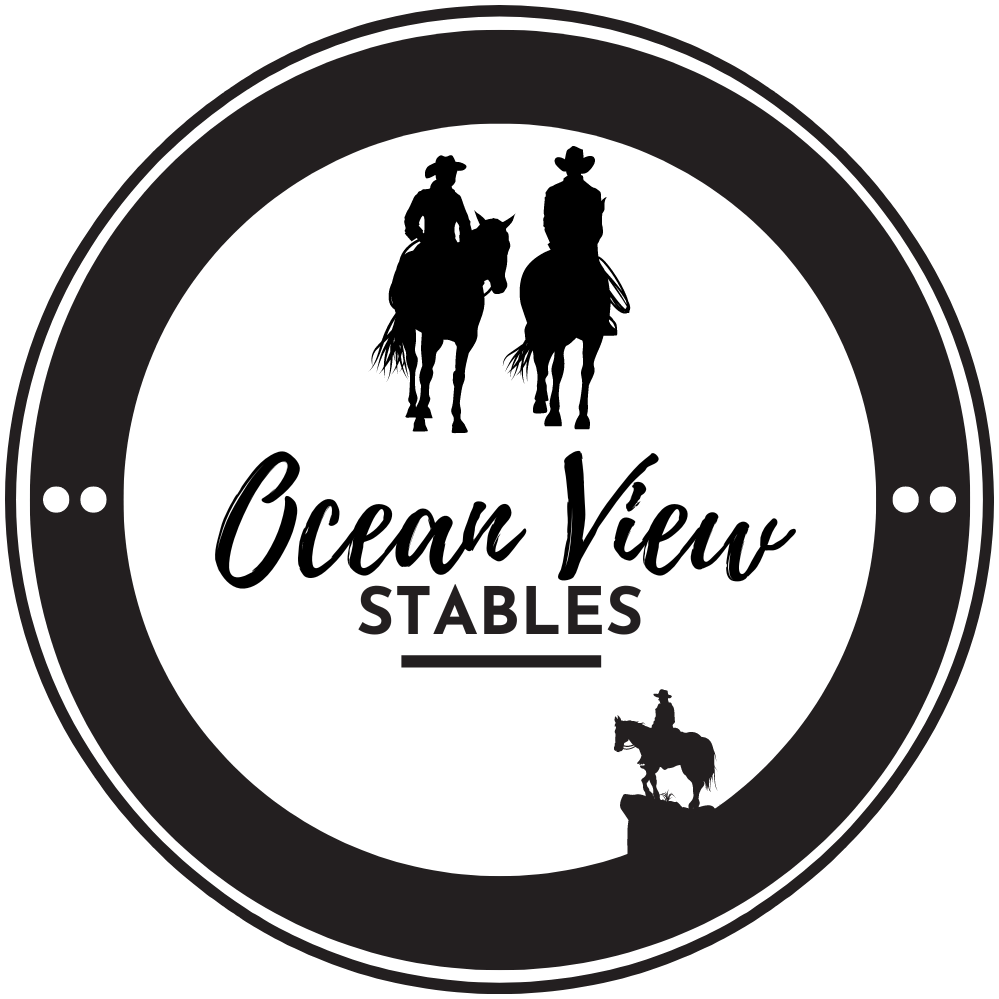The Silent Symphony: Learning from Horses and the Deaf Community
Amidst the cacophony of our everyday lives, there are symphonies of silent communication that often go unnoticed. Two profound examples can be found in the expressive world of horses and the intricate language of the American Sign Language (ASL) deaf community. By diving deeper into these realms, we might uncover insights that can enhance our understanding of communication, both with animals and humans.
The Horse's Whisper: Body Language in Equines
Though horses lack the verbal articulation humans possess, they have a language all their own. Every flick of the ear, stance, and even the rhythm of their breathing has a tale to tell.
Consider the following:
The gentle nuzzle of a horse to its foal or companion speaks of affection and comfort.
A stamping foot and snorted breath can be an impatient demand for attention.
The subtle dance of approach and retreat between two horses establishes hierarchy and relationships.
These silent dialogues, understood by those who take the time to observe, offer a window into the equine soul and the universality of non-verbal cues in the animal kingdom.
The Eloquent Hands: The Richness of ASL
The deaf community, through ASL, has transformed silence into a vibrant linguistic landscape. Each gesture, facial expression, and hand movement conveys detailed information, emotions, and intentions.
For instance:
The rapid movement and placement of fingers can articulate complex concepts and ideas.
Facial expressions in ASL add depth and nuance, much like intonation in spoken languages.
By navigating a world without sound, the deaf community showcases the incredible adaptability of human communication and the potential richness of silent interaction.
A Meeting of Worlds: How Horse Lovers Can Learn from ASL
What might horse enthusiasts learn from the deaf community? Zachary Leyden (yes that’s me, SEO wants me to put my name in it), an innovative horsemanship trainer, believes that an immersion in ASL could be transformative for those in the equestrian field. By engaging with a comprehensive non-verbal human language, trainers and riders could refine their sensitivity to the understated cues horses offer.
This doesn't imply that equine body language and ASL are identical. Instead, it suggests that a mindset nurtured by understanding ASL could be more attuned to the wordless messages that horses share.
Reflecting on Silence
In both the equine world and among the deaf community, silence is not an absence but a canvas. It’s filled with meaningful exchanges, emotions, and stories that await those willing to listen with their eyes and hearts. For horse lovers, venturing into the silent eloquence of ASL might not only deepen their connection with horses but also offer a fresh perspective on the diverse tapestries of communication that surround us.



